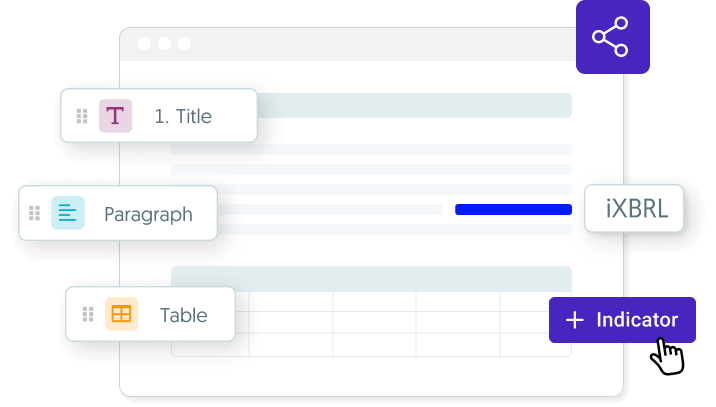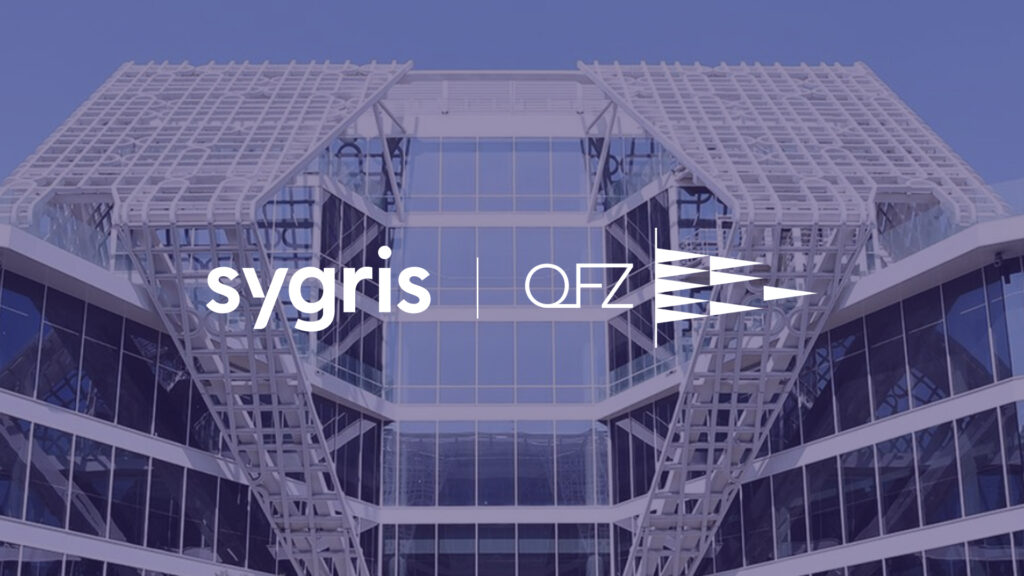Sustainability is far from being a fleeting trend or just another corporate buzzword. It represents the culmination of nearly eighty years of progress that has reshaped how societies and businesses engage with the environment, human rights, and governance. From early philosophical discussions to the integration of cutting-edge technological solutions, the path to sustainability has been defined by pivotal milestones.
At Sygris, we’ve created a concise overview of the most important sustainability milestones, aimed at enthusiasts, experts, and anyone with a keen interest in this vital topic. What are the key events that have shaped sustainability as we know it? How have they impacted businesses and society? How have global regulations evolved to tackle environmental challenges? And what role do companies play in paving the way towards a sustainable future? These are just some of the questions we’ll explore in this blog, delving into the history and solutions driving us towards a more sustainable world.
1. The early days of sustainability: a matter of human rights
The journey towards sustainability formally began with the adoption of the Universal Declaration of Human Rights in 1948. This landmark document laid the groundwork for a more equitable global society, recognising the deep connections between human rights, social justice, and environmental protection. In 1949, the United Nations Scientific Conference on the Conservation and Utilisation of Resources brought experts together to address the need for natural resource conservation.
It was during this era that conversations about the social and environmental impacts of business activities began to take shape. These discussions planted the seeds of what we now recognise as Corporate Social Responsibility (CSR). A new vision emerged, one in which businesses considered the well-being of people and the planet as integral to their success.
The influence of the Industrial Revolution: While this period drove technological and social advancements, it also introduced severe environmental challenges, such as air and water pollution. These issues heightened global awareness of the need to safeguard the environment as a fundamental human right.
2. Sustainable development: turning concepts into practice
The term “sustainable development” was formally introduced in the 1987 Brundtland Report, defining it as development that meets the needs of the present without compromising the ability of future generations to meet their own. This concept represented a turning point, making sustainability a global priority.
- The Earth Summits: The 1972 Stockholm Conference was the first global forum to discuss environmental issues. The 1992 Rio Summit took this further, embedding sustainable development into global discourse and launching tools like Agenda 21, a comprehensive action plan to advance sustainability on local, national, and global levels.
- Progress in international policy: Over time, countries committed to agreements such as the Climate Change Convention and the Convention on Biological Diversity, solidifying their dedication to protecting the environment.
3. The triple bottom line: balancing economy, society, and environment
In 1994, John Elkington introduced the concept of the Triple Bottom Line, a framework for evaluating success through three dimensions: economic, social, and environmental.
- Business implications: This shift encouraged organisations to measure success beyond financial profits, considering the wider impact of their operations. As a result, many companies adopted sustainability strategies and began sharing their progress through standardised reports.
- Key reporting frameworks: The Global Reporting Initiative (GRI), established in 1997, provided the first comprehensive guidelines for reporting on social, environmental, and economic performance. These reports now align with frameworks like the European Sustainability Reporting Standards (ESRS).
4. Tackling climate change: challenges and solutions
Climate change emerged as a global concern with the signing of the Kyoto Protocol in 1997, where industrialised nations committed to reducing greenhouse gas emissions. The 2015 Paris Agreement strengthened these efforts with clear targets: limiting global temperature increases to well below 2°C, with aspirations to cap it at 1.5°C.
The European Climate Law, among other policies, set binding targets to achieve climate neutrality by 2050, focusing on renewable energy, electric mobility, and resource efficiency.
Businesses are playing a leading role in reducing carbon emissions, integrating renewable energy, and adopting circular economic practices. Advanced technologies are key to measuring and minimising their carbon footprints.
5. Transparent governance: the power of information
Transparency has become a cornerstone of sustainability. Frameworks like the GRI and directives such as the CSRD have pushed businesses to be more accountable for their environmental and social impacts.
Reporting not only ensures compliance but also builds trust among investors and stakeholders. The rise of digital tools like Sygris Reporting has revolutionised these processes, offering greater accuracy and efficiency.
6. Key milestones in sustainability
The journey of sustainability is marked by significant milestones:
- 1972: The Stockholm Conference brought environmental issues into the global spotlight.
- 1987: The Brundtland Report introduced the concept of sustainable development.
- 1992: The Rio Summit set the stage for global sustainability frameworks.
- 2015: The adoption of the Sustainable Development Goals (SDGs) and the Paris Agreement.
- 2022-2023: The introduction of the ESRS, enhancing corporate reporting regulations.
7. The technological revolution in sustainability
Technology has transformed how businesses approach sustainability. From big data analytics to artificial intelligence, innovations have enabled predictive analysis and better decision-making.
- Noteworthy technological solutions: Platforms like Sygris Reporting streamline data collection and create comprehensive reports aligned with global standards.
- Carbon management tools: These tools help companies measure and reduce their environmental impact.
- Blockchain for transparency: Ensures traceability in complex supply chains.
8. The future: a new era of sustainability
Achieving a sustainable future is a complex endeavour that requires collaboration between governments, businesses, and civil society. Technology offers essential tools to overcome challenges and turn global ambitions into reality.
At Sygris, we are committed to driving this change, providing technological solutions that not only meet regulatory demands but also create tangible positive impacts on communities and the planet. The story of sustainability is also our story, and together, we can build a greener, fairer, and more responsible future.




